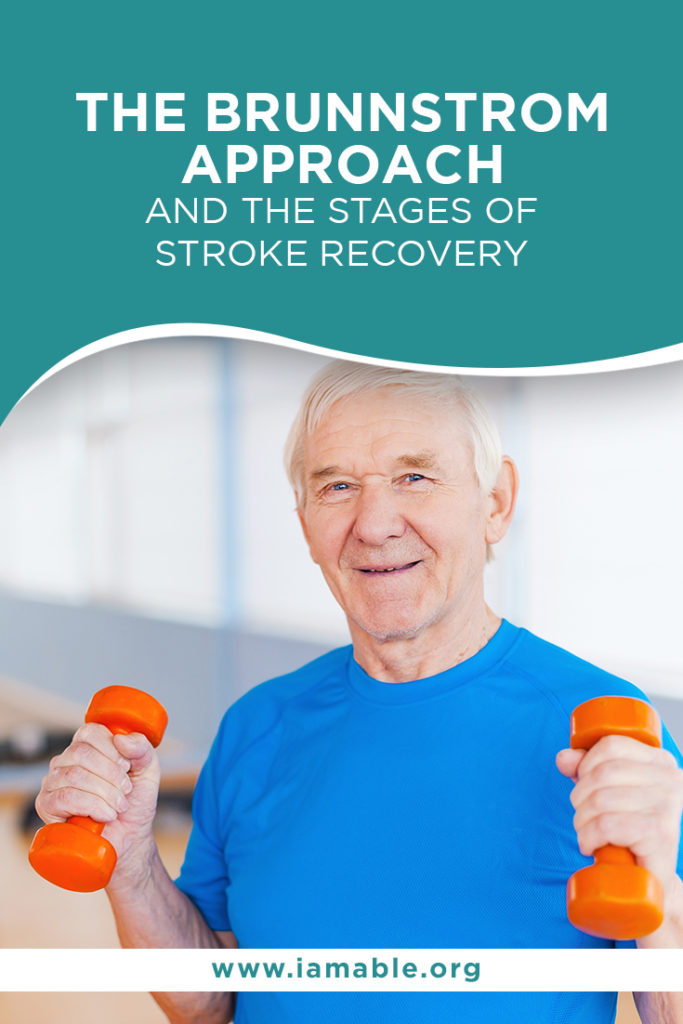Miami, FL 33186

Surviving from a stroke can be a challenging and scary experience. It can also cause massive changes in a person’s life if it results in paralysis, a common aftermath of stroke for about 90 percent of survivors. Thankfully, technological, medical, and healthcare innovations and studies have helped pave the way for smooth stroke recovery in Miami. One of these is the Brunnstrom approach, a technique developed by Signe Brunnstrom.
As a physical and occupational therapist, Brunnstrom understood what it meant to care for patients with paralysis. She became a key figure in creating effective rehabilitation plans for amputee officers during the second world war. Then, in the 1960s, she gained massive popularity for introducing the Brunnstrom approach and identifying the seven stages of stroke recovery.
Until today, the Brunnstrom Approach or Movement Therapy remains widely used by therapists who help stroke survivors. This technique teaches the brain to embrace abnormal synergistic interactions between various muscle groups during recovery. So, instead of inhibiting abnormal muscle movements, therapists teach patients to use them to their advantage and to control them voluntarily.
To do this, therapists need to assess patients’ recovery journey and tell which stage they might be in. Let’s take a closer look at the seven identified stroke recovery stages:
According to the Brunnstrom Approach, the initial step of stroke recovery happens directly after an attack. At this point, patients experience flaccid paralysis, so they can’t move any muscle fiber in the body. Receiving ample physical therapy is critical during this stage because a prolonged lack of muscle movement can result in hypotonia or muscle loss.
The appearance of spasticity or abnormal muscle tightness might be a source of discomfort for some patients. However, studies explain that this is actually a good indication of timely stroke recovery in Miami. It might help to engage in exercises that stimulate unused muscle groups to reconnect severed neural pathways. Although some nerves might be more damaged than others, it’s still possible for them to heal and recover during the rest of the recovery phase.
At about six weeks or more into your stroke recovery, you might notice increased muscle spasticity, pain, and discomfort. This happens because the muscle fibers contract at unprecedented rates. It’s also normal to experience challenges when undergoing treatment options like Lokomat therapy because of stiff and pulled muscle fibers.
Nevertheless, it’s crucial to push forward with your exercises, so we strongly recommend getting extra help from your therapists and loved ones. You can also try engaging in PROM or passive range-of-motion activities to minimize stress on your body and ensure regular stimulation of unused muscles.
Once muscle spasticity declines, your brain starts to gain more control over your muscle activities. At this stage, you will need to shift your attention to strengthening and stretching your muscles and working on a range of motion exercises such as leg lifts, leg rotations, and hip and knee bends. Your therapists can also integrate gravity-assisted devices into your exercise routine depending on the progress of your stroke recovery in Miami.
As muscle spasticity fades, you will notice a significant improvement in your muscle coordination. This allows you to retrain the body and perform complex movements like using utensils and combing your hair. This stage indicates that your brain can already process sensory stimuli and initiate correct motor signals.
The disappearance of spasticity and increased muscle synergies coordination are hallmark signs of the sixth stage of stroke recovery. John Hopkins Medicine explains that patients who reach this point are most likely to recover completely from their injuries. The speed at which this can happen depends on several factors, including:
Successful recovery is the ultimate end goal of patients and therapists alike. The good news is that a lot of patients achieve this feat. Here are some numbers and insights from the National Stroke Association:
Surviving a stroke attack is a fantastic feat worth celebrating, regardless of whether you are a patient, loved one, or carer. But it’s worth noting that you’re not out of the woods yet. As soon as you finish resolving the root cause of the stroke, your next challenge is to overcome its effects on your body and begin your rehabilitation and recovery process.
We hope that our discussion on the Brunnstrom Approach has helped you understand one of the leading neurorehabilitation techniques used to help stroke survivors.
More importantly, we hope that it gave you insights into the role of having a good partner in achieving stroke recovery in Miami. Our team consists of fitness trainers specializing in helping paralyzed patients and a physical therapist with over four decades of experience providing neurorehabilitation treatments.
Let us help you thrive after a stroke with our customized rehabilitation programs. You can also access our free resources, such as our eBook on navigating through the struggles of living with paralysis. Download your copy today!
You may also call our team at iAM ABLE at 305-283-9717 for questions on how we can help you pursue a smooth stroke recovery in Miami.
Grab our free e-book 7 Unbelievably Important Steps to Take to THRIVE after Paralysis by clicking the image below.
